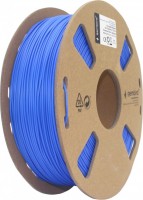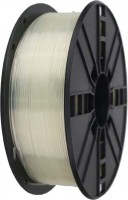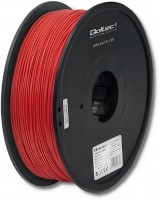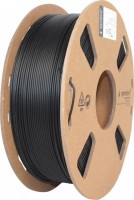Пластик для 3D друку Gembird 3DP-PLA1.75-01-BK 1 кг чорний
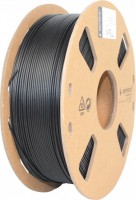 |
Gembird 3DP-PLA1.75-01-BK 1 кг чорний | |||||||||||||||||||||||||||||||
|
| ||||||||||||||||||||||||||||||
Інформація в описі моделі носить довідковий характер.
Завжди перед покупкою уточнюйте у менеджера інтернет-магазину характеристики і комплектацію товару
Каталог Gembird 2025 - новинки, хіти продажів і найактуальніші моделі Gembird.
Завжди перед покупкою уточнюйте у менеджера інтернет-магазину характеристики і комплектацію товару
Каталог Gembird 2025 - новинки, хіти продажів і найактуальніші моделі Gembird.
Купити Gembird 3DP-PLA1.75-01-BK 1 кг чорний
Коли ви робите покупку за посиланнями на нашому сайті, ми можемо отримувати партнерську комісію.
Gembird - Czarny - 1.75mm ø - 1 kg | 113 zł | ||||
Gembird Filament drukarki 3D PLA/1.75 mm/1kg/czarny E3GEMXZW0000009 | 63 zł | ||||
| 68 zł | |||||
Gembird Filament drukarki 3D PLA/1.75 mm/1kg/czarny 43344 | 63 zł | ||||
Модификації Gembird 3DP-PLA1.75-01-BK
| Ціни на Gembird 3DP-PLA1.75-01-BK | ||||
|---|---|---|---|---|
| Gembird 3DP-PLA1.75-01-W 1 кг білий | від 63 zł | 5 пропозицій | ||
| Gembird 3DP-PLA1.75-01-NAT 1 кг білий | від 63 zł | 4 пропозиції | ||
| Gembird 3DP-PLA1.75-01-BS 1 кг бірюзовий | від 63 zł | 5 пропозицій | ||
| Gembird 3DP-PLA1.75-01-Y 1 кг жовтий | від 63 zł | 4 пропозиції | ||
| Gembird 3DP-PLA1.75-01-BR 1 кг коричневий | від 63 zł | 5 пропозицій | ||
| Gembird 3DP-PLA1.75-01-O 1 кг оранжевий | від 105 zł | 1 пропозиція | ||
| Gembird 3DP-PLA1.75-01-TR 1 кг прозорий | від 63 zł | 5 пропозицій | ||
| Gembird 3DP-PLA1.75-01-P 1 кг рожевий | від 63 zł | 4 пропозиції | ||
| Gembird 3DP-PLA1.75-01-G 1 кг салатовий | від 63 zł | 4 пропозиції | ||
| Gembird 3DP-PLA1.75-01-B 1 кг синій | від 63 zł | 4 пропозиції | ||
| Gembird 3DP-PLA1.75-01-GB 1 кг синій | від 64 zł | 6 пропозицій | ||
| Gembird 3DP-PLA1.75-01-S 1 кг сріблястий | від 63 zł | 5 пропозицій | ||
| Gembird 3DP-PLA1.75-01-GR 1 кг сірий | від 63 zł | 5 пропозицій | ||
| Gembird 3DP-PLA1.75-01-PR 1 кг фіолетовий | від 105 zł | 1 пропозиція | ||
| Gembird 3DP-PLA1.75-01-R 1 кг червоний | від 58 zł | 5 пропозицій | ||
| Gembird 3DP-PLA1.75-01-BK 1 кг чорний | від 63 zł | 4 пропозиції | ||
РекомендуємоПорівняти в таблиці →

